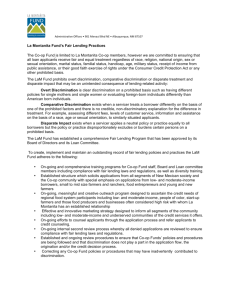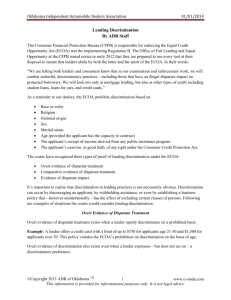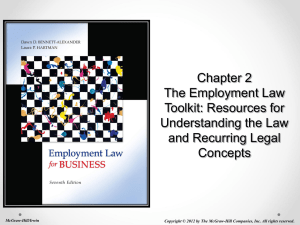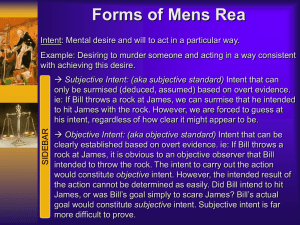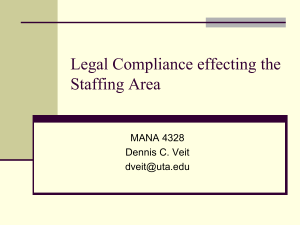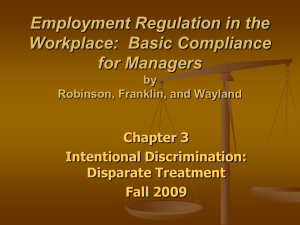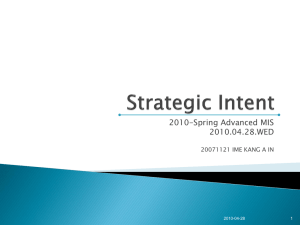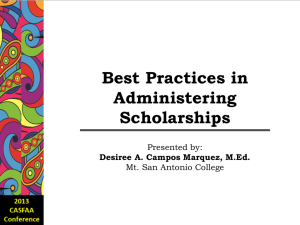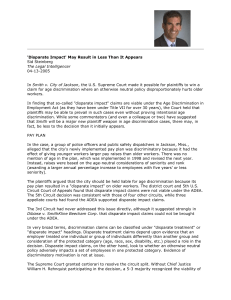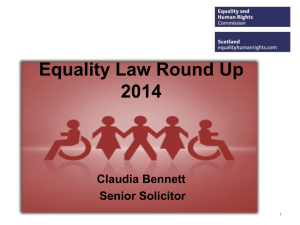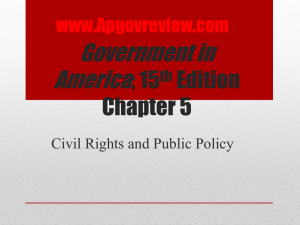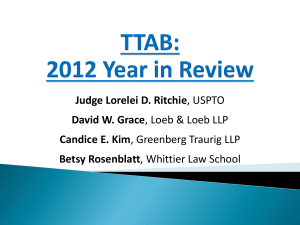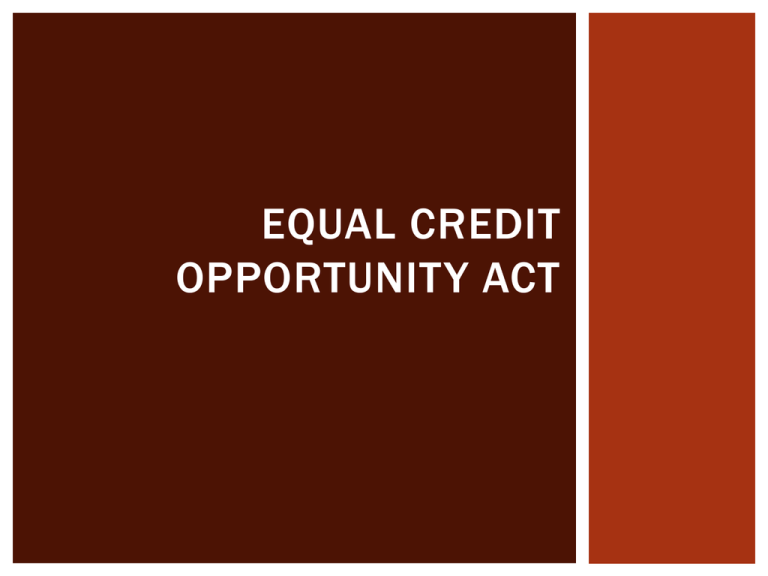
EQUAL CREDIT
OPPORTUNITY ACT
SCOPE
Applies to both consumer and non -consumer credit
Prohibits discrimination on a prohibited basis regarding any
aspect of a credit transaction, including:
Application procedures (including discouraging applications)
Information requirements
Investigation procedures
Standards of creditworthiness
Terms of credit
Furnishing of credit
Administration of credit accounts
Treatment of delinquent or slow accounts
Collections
T YPES OF DISCRIMINATION
Prohibits both
intentional and
unintentional
discrimination.
Violation can occur
without a conscious
intent to
discriminate.
T YPES OF DISCRIMINATION
A practice is discriminatory if:
It constitutes disparate treatment or has a disparate impact on
protected groups AND
The credit union lacks a legitimate nondiscriminatory reason for its
action, or the asserted reason is found to be a pretext for
discrimination.
Three types of discrimination:
Overt Discrimination
Disparate Treatment
Disparate Impact
PROTECTED CLASSES
Sex
Marital status
Race
Color
National origin
Age
The receipt of protected income
Exercise of legal rights under the consumer credit laws
Religion
LIMITS ON INFORMATION
Sex
Marital Status
Spousal Information
Childbearing Intentions
or Capabilities
Race, Religion or
National Origin
Age
Income
Credit History
Monitoring Information
SIGNATURE RULES
May not require the signature of an applicant’s spouse or any
other person on a credit instrument where an applicant
qualifies by him or herself
May require the signature of a joint owner only on the
instrument that enables you to reach the property in the event
the applicant dies or is in default on the loan.
May request a co-signer or a guarantor, but you cannot dictate
who that person is.
JOINT INTENT
Loan applicants must af firmatively indicate their desire for
joint credit at the time of application.
Signatures on a promissory note may not be used to show
intent to apply for joint credit.
Signatures or initials on a credit application af firming
applicants’ intent to apply for joint credit may be used to
establish intent to apply for joint credit.
The method used to establish intent must be distinct from the
means used by individuals to af firm the accuracy of
information.
“Safe Harbor” model forms are available in Appendix B to Reg
B.
NOTIFICATION OF ACTION TAKEN
Timing
Disposition:
Incomplete Application
Approval
Counteroffer
Withdrawal
Denial
ADVERSE ACTION NOTICE
Must be in writing
Given to at least the primary applicant
Must contain the following items as applicable:
A statement of the action taken.
The name and address of the credit union.
A statement of the ECOA nondiscrimination requirements
The address for NCUA.
Reasons for adverse action
Can be combined with FCRA notice
E-SIGN
May deliver Regulation B disclosures to consumers in
electronic form, subject E-Sign rules.
Certain disclosures must be provided with an on-line
application
Disclosures required on the application (for example,
voluntary income disclosures) do not have to conform to
ESIGN.
APPRAISALS
Applicants have a
right to their
appraisals
Notification of the
right is required
Provide appraisals
upon request
Special Rules for
Federal Credit
Unions
RECORD RETENTION REQUIREMENTS
Hint . . . . . 25
months
SELF-TESTING
Voluntary
Privileged
Self-corrective action is required
Exceptions apply . . . of course.



